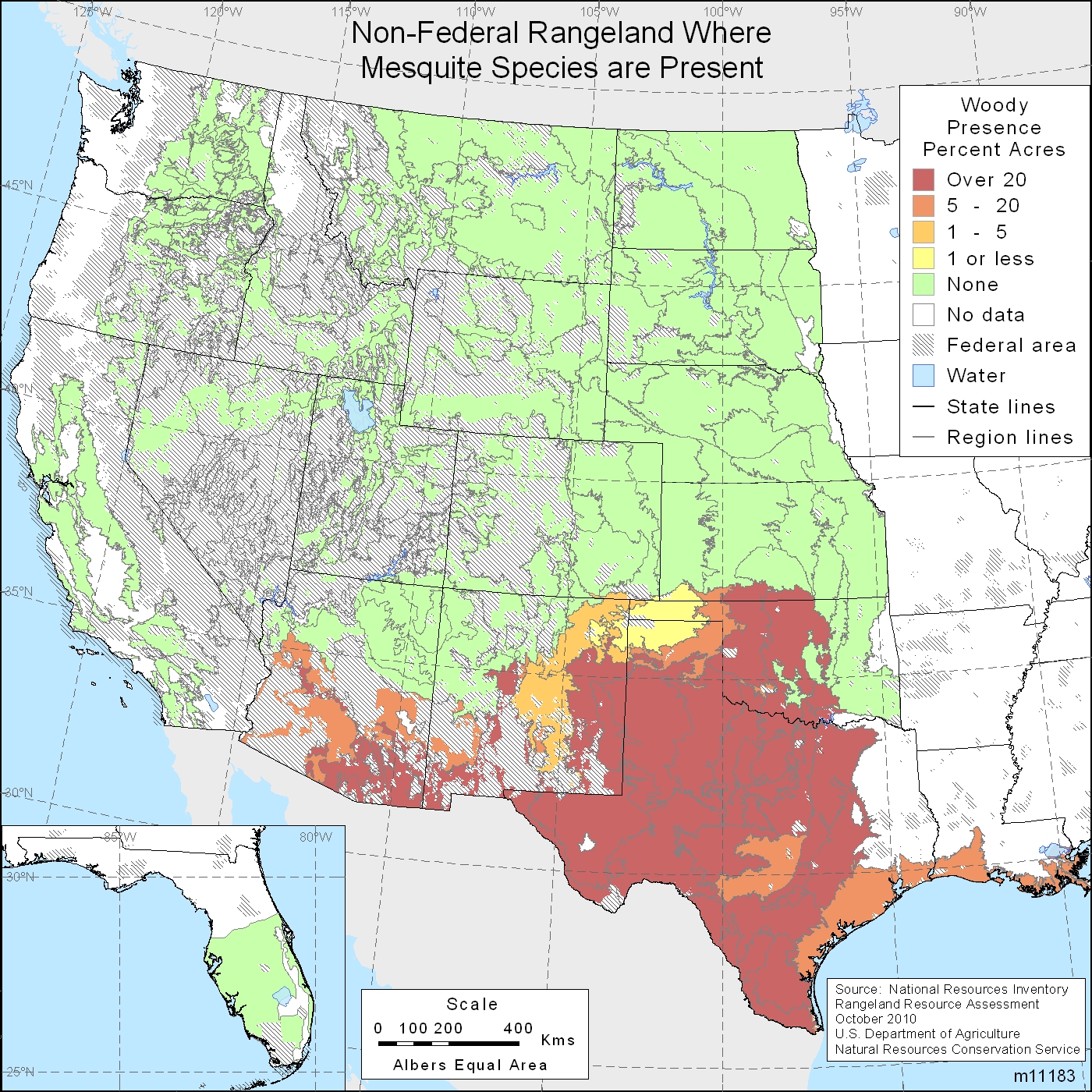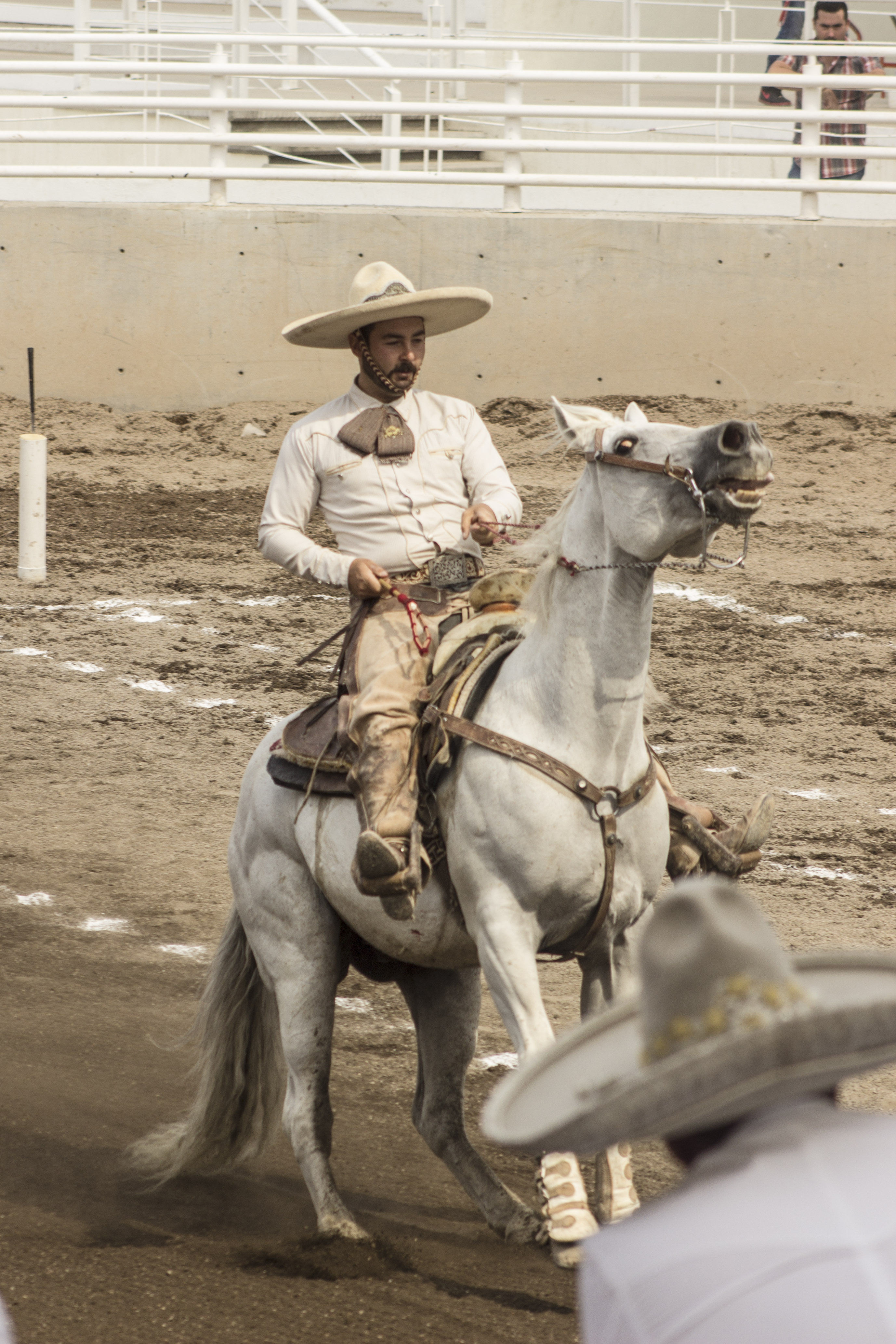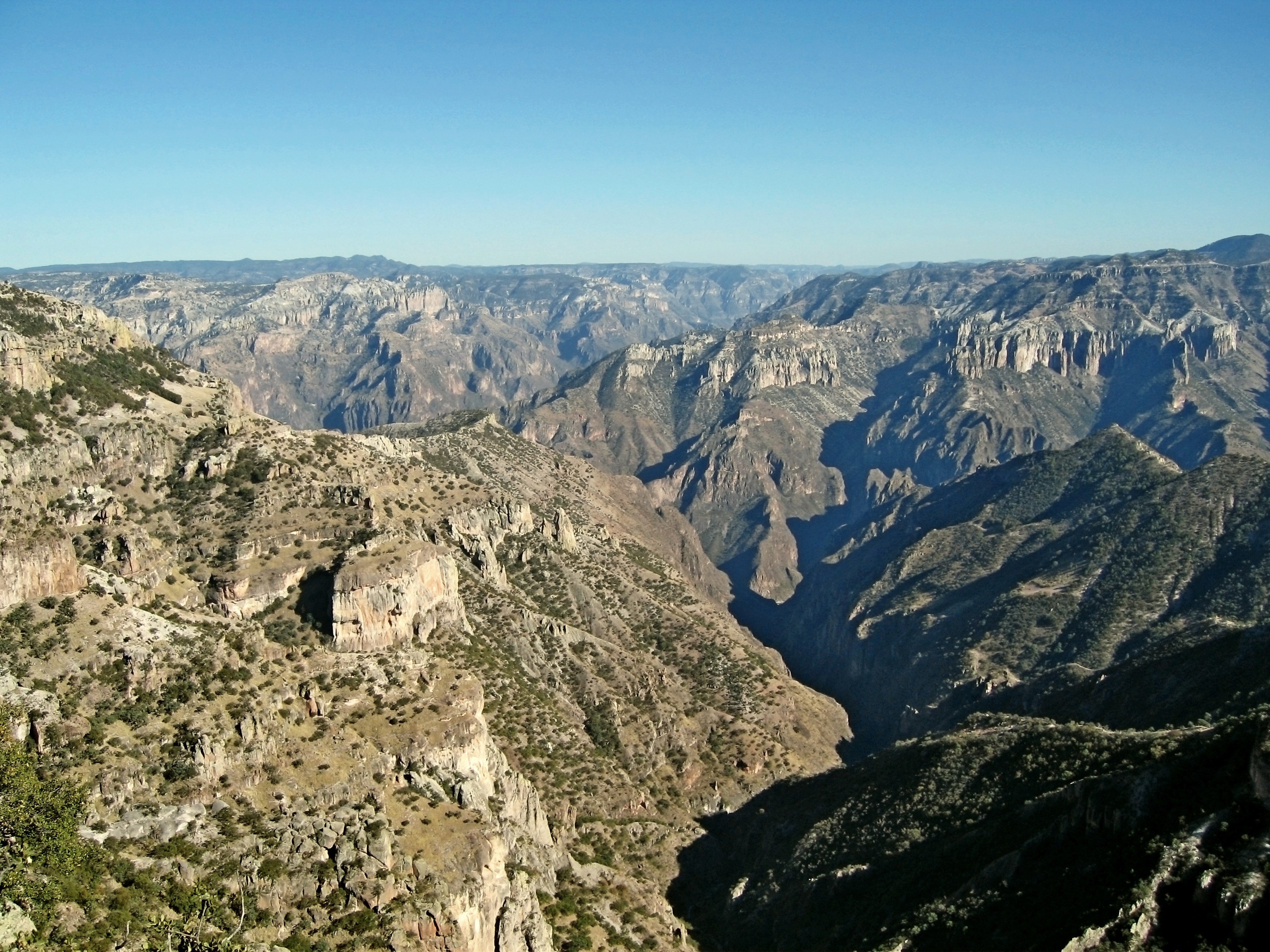|
Mesteñeros
Mesteñeros, or mustang runners, were people in Mexico, and later on in the United States, in the 16th, 17th, 18th, 19th and early 20th century, usually vaqueros or cowboys, that caught, broke and drove wild horses, called mesteños or Mustang horse, mustangs, to market in what is now Central and Northern Mexico, Texas, New Mexico and California. These Mesteñeros operated originally in the 16th century in what is now Central Mexico, then, by the 18th century primarily in Northern Mexico, the Great Plains from Texas and New Mexico, and in California, primarily in the San Joaquin Valley during the 19th century and in the Great Basin during the 20th century. Etymology and History “Mesteñero”, or mesteño hunter, derives from ''mesteño'' or wild ownerless horses. In Mexican Spanish, both, and were used interchangeably and meant untamed, wild ownerless horses, mules and cattle that roamed free in the vastness of the Mexican countryside; synonymous with untamed, unbroken, bro ... [...More Info...] [...Related Items...] OR: [Wikipedia] [Google] [Baidu] |
Mustang Horse
The mustang is a free-roaming horse of the Western United States, descended from horses brought to the Americas by the Spanish conquistadors. Mustangs are often referred to as wild horses, but because they are descended from once-Domestication of the horse, domesticated animals, they are actually feral horses. The original mustangs were Colonial Spanish horses, but many other breeds and types of horses contributed to the modern mustang, now resulting in varying phenotypes. Some free-roaming horses are relatively unchanged from the original Spanish stock, most strongly represented in the most isolated populations. In 1971, the United States Congress recognized that "wild free-roaming horses and burros are living symbols of the historic and pioneer spirit of the West, which continue to contribute to the diversity of life forms within the Nation and enrich the lives of the American people." The free-roaming horse population is managed and protected by the Bureau of Land Manageme ... [...More Info...] [...Related Items...] OR: [Wikipedia] [Google] [Baidu] |
Medieval Spain
Spain in the Middle Ages is a period in the history of Spain that began in the 5th century following the fall of the Western Roman Empire and ended with the beginning of the early modern period in 1492. The history of Spain is marked by waves of conquerors who brought their distinct cultures to the peninsula. After the migration of the Vandals and Alans down the Mediterranean coast of Hispania from 408, the history of medieval Spain begins with the Iberian kingdom of the Arianist Visigoths (507–711), who were converted to Catholicism along with their king Reccared in 587. Visigothic culture in Spain can be seen as a phenomenon of Late Antiquity as much as part of the Age of Migrations. From Northern Africa in 711, the Muslim Umayyad Caliphate crossed into Spain, at the invitation of a Visigothic clan to assist it in rising against King Roderic. Over the period 711–788, the Umayyads conquered most of the lands of the Visigothic kingdom of Hispania and established the te ... [...More Info...] [...Related Items...] OR: [Wikipedia] [Google] [Baidu] |
History Of The American West
The American frontier, also known as the Old West, and popularly known as the Wild West, encompasses the Geography of the United States, geography, History of the United States, history, Folklore of the United States, folklore, and Culture of the United States, culture associated with the forward wave of United States territorial acquisitions, American expansion in mainland North America that began with European colonization of the Americas, European colonial settlements in the early 17th century and ended with the admission of the last few contiguous western territories as states in 1912. This era of massive migration and settlement was particularly encouraged by President Thomas Jefferson following the Louisiana Purchase, giving rise to the Expansionism, expansionist attitude known as "manifest destiny" and historians' "Frontier Thesis". The legends, historical events and folklore of the American frontier, known as the frontier myth, have embedded themselves into United S ... [...More Info...] [...Related Items...] OR: [Wikipedia] [Google] [Baidu] |
Animal Husbandry Occupations
Animals are multicellular, eukaryotic organisms in the Biology, biological Kingdom (biology), kingdom Animalia (). With few exceptions, animals heterotroph, consume organic material, Cellular respiration#Aerobic respiration, breathe oxygen, have myocytes and are motility, able to move, can reproduce sexually, and grow from a hollow sphere of Cell (biology), cells, the blastula, during embryonic development. Animals form a clade, meaning that they arose from a single common ancestor. Over 1.5 million extant taxon, living animal species have been species description, described, of which around 1.05 million are insects, over 85,000 are molluscs, and around 65,000 are vertebrates. It has been estimated there are as many as 7.77 million animal species on Earth. Animal body lengths range from to . They have complex ecologies and biological interaction, interactions with each other and their environments, forming intricate food webs. The scientific study of animals is known as ... [...More Info...] [...Related Items...] OR: [Wikipedia] [Google] [Baidu] |
Mesquite
Mesquite is a common name for some plants in the genera ''Neltuma'' and '' Strombocarpa'', which contain over 50 species of spiny, deep-rooted leguminous shrubs and small trees. They are native to dry areas in the Americas. Until 2022, these genera were traditionally included in a broad view of the genus '' Prosopis'', but that genus is now restricted to a few species native to the Old World. Mesquites have extremely long roots to seek water from very far under ground. As they are legumes, mesquites are one of the few sources of fixed nitrogen in the desert habitat. The trees bloom from spring to summer. They often produce fruits known as "pods". Mesquites are able to grow up to tall, depending on site and climate. They are deciduous and depending on location and rainfall have either deep or shallow roots. Mesquites are considered long-lived because of the low mortality rate after the dicotyledonous stage and juveniles are also able to survive in conditions with low light and ... [...More Info...] [...Related Items...] OR: [Wikipedia] [Google] [Baidu] |
Charros
''Charro'', in Mexico, is historically the horseman from the countryside, the Ranchero, who lived and worked in the haciendas and performed all his tasks on horseback, working mainly as vaqueros and caporales, among other jobs. He was renowned for his superb horsemanship, for his skill in handling the lasso, and for his unique costume designed specially for horseback riding. Today, this name is given to someone who practices '' charreada'' (similar to a rodeo), considered the national sport of Mexico which maintains traditional rules and regulations in effect from colonial times up to the Mexican Revolution. Etymology The word ''charro'' (syn. ''charrar, charra'') was first documented in Spain in the book "Vocabulario de refranes y frases proverbiales" (1627) by Gonzalo Correas as a synonym of dumb or stupid person. More than one hundred years later, in 1729, in the first dictionary of the Spanish language edited by the Real Academia Española, the "Diccionario de Autorid ... [...More Info...] [...Related Items...] OR: [Wikipedia] [Google] [Baidu] |
Bolsón De Mapimí
The Bolsón de Mapimí is an endorheic, or internal drainage, basin in which no rivers or streams drain to the sea, but rather toward the center of the basin, often terminating in swamps and ephemeral lakes. It is located in the center-north of the Mexican Plateau. The basin is shared by the states of Durango, Coahuila, Chihuahua, and Zacatecas. It takes its name from Mapimí, a town in Durango. The largest city in the basin is Torreón. Parts of the basin host much industrial and agricultural activity. However, most of the region is sparsely populated. Geography The Bolsón de Mapimí is a large area, measuring more than north to south and the same distance east to west, lying between 25 and 29 degrees north latitude. The total area is about and the average elevation is . The Greater Bolsón de Mapimí covers adjacent areas extending north to the Rio Grande, which are similar in terrain and climate but have streams which have outlets to the Gulf of Mexico. The Bolsón i ... [...More Info...] [...Related Items...] OR: [Wikipedia] [Google] [Baidu] |
Nuevo León
Nuevo León, officially the Free and Sovereign State of Nuevo León, is a Administrative divisions of Mexico, state in northeastern Mexico. The state borders the Mexican states of Tamaulipas, Coahuila, Zacatecas, and San Luis Potosí, San Luis Potosi, and has an extremely narrow international border with the U.S. state of Texas. Covering 64,156 square kilometers (24,771 square miles) and with a population of 5.78 million people, Nuevo León is the thirteenth-largest Political divisions of mexico, federal entity by List of Mexican states by area, area and the seventh-most List of Mexican states by population, populous as of 2020. Monterrey, the state's capital, is the most populous city in Nuevo León and the List of cities in Mexico, ninth-largest in Mexico. Monterrey is part of the Monterrey metropolitan area, the Metropolitan areas of Mexico#List of metropolitan areas in Mexico by population, second-largest metropolitan area in the country with an estimated population of 5.3 ... [...More Info...] [...Related Items...] OR: [Wikipedia] [Google] [Baidu] |
Sierra Madre Oriental
The Sierra Madre Oriental () is a mountain range in northeastern Mexico. The Sierra Madre Oriental is part of the American Cordillera, a chain of mountain ranges (cordillera) that consists of an almost continuous sequence of mountain ranges that form the western "backbone" of North America, Central America, South America, and Antarctica. Setting Spanning the Sierra Madre Oriental runs from the Rio Grande on the border between Coahuila and Texas south through Nuevo León, southwest Tamaulipas, San Luis Potosí, Querétaro, and Hidalgo to northern Puebla, where it joins with the east-west running Eje Volcánico Transversal of central Mexico. The northernmost are the Sierra del Burro and the Sierra del Carmen which reach the border with the United States at the Rio Grande. North of the Rio Grande, the range continues northwestward into Texas and beyond as the Davis and Guadalupe Ranges. Mexico's Gulf Coastal Plain lies to the east of the range, between the mountains and the ... [...More Info...] [...Related Items...] OR: [Wikipedia] [Google] [Baidu] |
Chihuahua (state)
Chihuahua, officially the Free and Sovereign State of Chihuahua, is one of the 31 states which, along with Mexico City, comprise the Political divisions of Mexico, 32 federal entities of Mexico. It is located in the northwestern part of Mexico and is bordered by the states of Sonora to the west, Sinaloa to the southwest, Durango to the south, and Coahuila to the east. To the north and northeast, it shares an extensive U.S.–Mexico border, border with the U.S. adjacent to the U.S. states of New Mexico and Texas. The state was named after its capital city, Chihuahua City; the largest city is Ciudad Juárez. In 1864 the city of Chihuahua was declared capital of Mexico by Benito Juárez, Benito Juarez during the Reform War and French intervention. The city of Parral, Chihuahua, Parral was the largest producer of silver in the world in 1640. During the Mexican War of Independence, Miguel Hidalgo y Costilla, Miguel Hidalgo was executed on July 30, 1811, in Chihuahua city. Although C ... [...More Info...] [...Related Items...] OR: [Wikipedia] [Google] [Baidu] |
Sierra Madre Occidental
The Sierra Madre Occidental is a major mountain range system of the North American Cordillera, that runs northwest–southeast through northwestern and western Mexico, and along the Gulf of California. The Sierra Madre is part of the American Cordillera, a chain of mountain ranges (cordillera) that consist of an almost continuous sequence that form the western "sounds" of North America, Central America, South America, and West Antarctica. Etymology The Spanish name ''sierra madre'' means "mother mountain range" in English, and ''occidental'' means "western", these thus being the "Western mother mountain range". To the east, from the Spanish ''oriental'' meaning "eastern" in English, the Sierra Madre Oriental range or "Eastern mother mountain range" runs generally parallel to the Sierra Madre Occidental along eastern Mexico and the Gulf of Mexico. The range extends from northern Sonora, a state near the Mexico–U.S. border at Arizona, southeast towards to the Trans-Mexican V ... [...More Info...] [...Related Items...] OR: [Wikipedia] [Google] [Baidu] |








